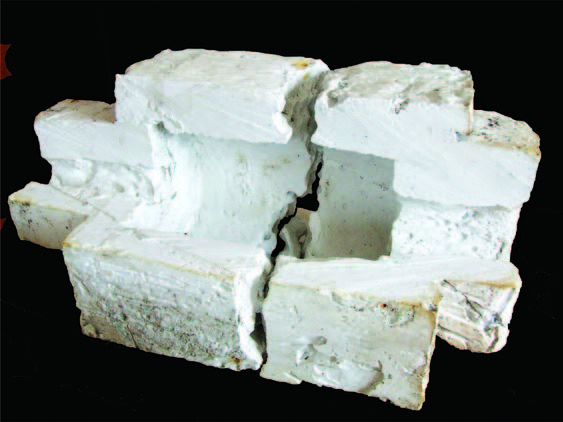Laboratory modeling of karst phenomena and their rock relief on plaster: subsoil karren, rain flutes karren and caves
DOI:
https://doi.org/10.3986/ac.v45i2.4623Keywords:
laboratory modeling, karst, rock relief, subsoil karren, rain flutes, cavesAbstract
The study of the formation and development of karst phenomena and their rock relief using laboratory plaster modeling has again proven useful and informative. We continued the study of subsoil karren that forms under tight, poorly permeable contact with soil and of rain flutes formed by water at various temperatures. We determined the pattern of the reshaping of plaster tubes that are wider at the flow inlet than at the outlet end. The results are a significant contribution to explaining the formation of high ceiling niches and pockets in karst caves. The third experiment was carried out in phreatic conditions where water in a flume was forced to flow between layers of different composition. During the experiment, we observed the typical development of channels between pure plaster layers (uniform limestone beds), between plaster layers with added Portland cement reinforced fragments (breccia beds), siporex (slowly dissolving beds) and between three different layer types.
Key words: laboratory modeling, karst, rock relief, subsoil karren, rain flutes, caves.
Downloads

Downloads
Published
How to Cite
Issue
Section
License
Authors guarantee that the work is their own original creation and does not infringe any statutory or common-law copyright or any proprietary right of any third party. In case of claims by third parties, authors commit their self to defend the interests of the publisher, and shall cover any potential costs.
More in: Submission chapter




